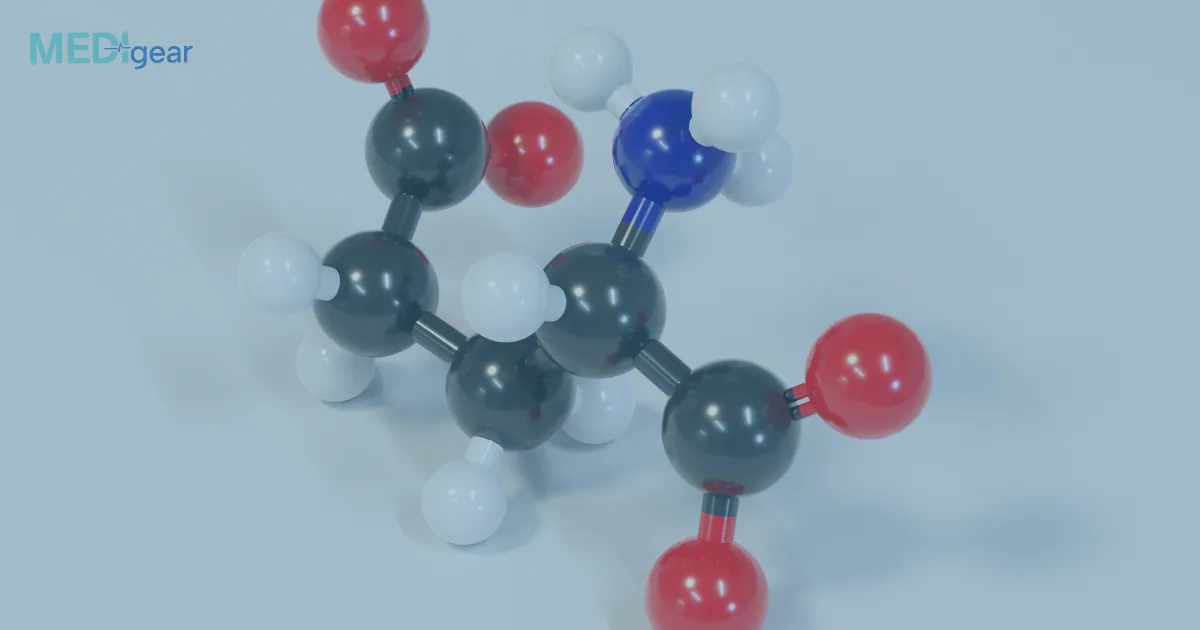Spectrofluorometers are powerful analytical instruments used in life sciences and clinical research to detect and quantify biomolecular fluorescence.
By measuring how molecules absorb and emit light, these devices help scientists study protein interactions, nucleic acid structures, enzyme activity, and disease biomarkers with exceptional sensitivity and precision.
Fluorescence-based analysis has become a cornerstone of modern biochemical and medical diagnostics, providing valuable insights into cellular function and molecular mechanisms.
Understanding Biomolecular Fluorescence
Fluorescence occurs when a molecule absorbs light at one wavelength (excitation) and emits it at a longer wavelength (emission).
Many biological molecules—such as tryptophan, NADH, flavins, and fluorescent dyes—exhibit this property naturally or through chemical labeling.
In medical and research laboratories, these fluorescent signals serve as sensitive indicators of biochemical reactions, enabling the detection of even minute quantities of biomolecules.
How Spectrofluorometers Work
A spectrofluorometer measures fluorescence by exciting a sample with a specific wavelength of light and detecting the emitted light at another wavelength.
Its key components include:
- Light Source:
Usually a xenon or LED lamp that provides a stable, intense excitation beam. - Monochromators or Filters:
Select specific wavelengths for excitation and emission, ensuring accuracy and spectral purity. - Sample Compartment:
Holds the liquid, solid, or microplate sample in a controlled optical path. - Detector (usually a photomultiplier tube or photodiode):
Converts the emitted fluorescent light into an electrical signal, which is quantified and displayed as a fluorescence spectrum.
The difference between the excitation and emission wavelengths (known as the Stokes shift) helps in identifying and quantifying specific molecules.
Applications of Spectrofluorometers in Biomedical Research
Spectrofluorometers are integral to numerous clinical and life science applications, including:
- Protein and Enzyme Studies:
Detect conformational changes, folding, or ligand binding through intrinsic protein fluorescence. - Nucleic Acid Quantification:
Measure DNA and RNA concentrations using fluorescent dyes like SYBR Green or PicoGreen. - Biomarker Detection:
Identify disease-related proteins or metabolites labeled with fluorescent probes. - Cell Viability and Drug Screening:
Evaluate cell health and drug responses using fluorescent assays. - Clinical Diagnostics:
Support diagnostic tests for infectious diseases, metabolic disorders, and oncology markers.
Advantages of Using Spectrofluorometers
- Extremely high sensitivity and selectivity for low-concentration samples
- Quantitative and reproducible fluorescence measurements
- Compatibility with multiple sample types (liquids, microplates, tissues)
- Non-destructive testing for biological samples
- Suitable for research, quality control, and clinical diagnostics
Conclusion
Spectrofluorometers play a critical role in modern biomedical research by enabling sensitive, quantitative fluorescence detection of biomolecules.
Their precision and versatility make them invaluable tools for studying complex biological processes, from protein dynamics to diagnostic biomarker discovery.
By combining advanced optics, detectors, and data analysis software, spectrofluorometers continue to enhance our understanding of health, disease, and molecular biology.
Disclaimer
This article is intended for educational and informational purposes only. It should not be used as a substitute for professional medical or laboratory advice, diagnosis, or training.
Researchers and clinicians should follow validated laboratory protocols and instrument guidelines when performing fluorescence-based assays.






